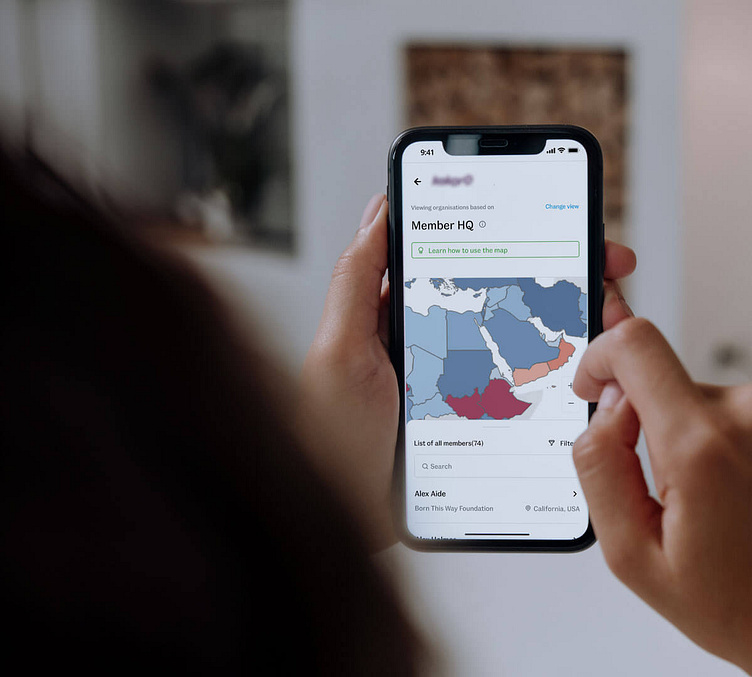Matching funders with experts in the mental health field
Overview
The client champions in mental health as a foundation for safer, kinder and more productive world. With a vision to see a global momentum behind shared understanding of what a mentally healthy world looks like, the client envisions to enable leaders to have the evidence for how positive mental health contributes to individual, collective and planetary health. The Mental Health Collective project posed several challenges and required a comprehensive approach to address them effectively. The primary goal was to create a user-friendly and accessible platform that would empower users to manage their mental health effectively.
My Role
Information Architecture
UX/UI Design
Prototyping
Wireframes
Based on the research and scoping findings, we started testing multiple layouts that would guide the design process and ensure that the platform catered to the specific functionalities and preferences of each user group. User flows were then mapped out to visualise the steps users would take to achieve their goals on the platform. This helped identify potential pain points and areas for optimisation. Low-fidelity wireframes were created to provide a visual representation of the interface and its functionality. It also allowed for early feedback and iteration before moving on to high-fidelity designs.
UI Design + Testing
The design process began with finalizing the layout based on functionalities, followed by receiving brand guidelines from the client, including the logo, color palettes, and typography. The focus then shifted to creating the initial dashboard look. Using user flows, user stories were drafted to guide the creation of UI screens for an interactive prototype. A design system for reusable UI components was also established to ensure consistency and efficiency in development. Usability testing played a crucial role, with users providing feedback on prototypes. Insights highlighted issues with filtering options, leading to a need for clearer instructions and a more intuitive interface.
Conclusion
The solution prioritised a clean, intuitive interface for easy navigation and resource access. Despite unique challenges, we successfully designed a digital platform through research, iterative design, and user testing that aimed to empower users with tools to manage their mental health effectively.






